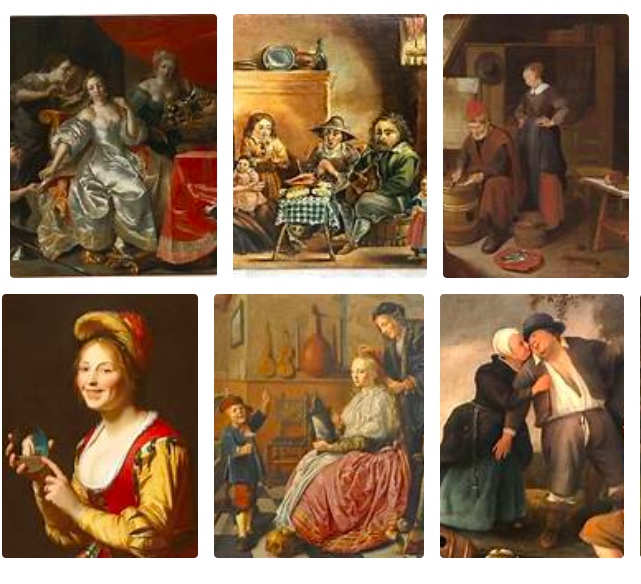
An interdisciplinary study of the central role that the neighborhood played in seventeenth-century Dutch painting and culture
The neighborhood was a principal organizing structure of Dutch cities in the seventeenth century, and each had its own regulations, administrators, social networks, events, and diverse population of residents.
Prof. Linda Stone-Ferrier argues that this sense of community contributed to the steady demand for pictures portraying aspects of this culture. These paintings, by such artists as Jan Steen and Pieter de Hooch, reinforced the role and values of the neighborhood.
Artistic production in the long 17th century in the Dutch Republic radically reenvisioned the forms of visual culture and its consumption. In the wake of the Dutch Revolt of 1579 that severed the formerly conjoined Low Countries into the largely Catholic regions of Flanders, controlled by the Spanish Habsburgs, and the predominately Protestant Dutch Republic, which fought for the political independence that it officially achieved in 1648, Dutch art developed a distinctive, if not revolutionary, character.
During the period, there was a multifaceted and unprecedented flowering of diverse secular genres, from still life to landscape to genre image to portrait. Each of these types of subjects had historical precedent, but they had not existed as independent genres complete with individuals who specialized in the creation of just one category of art.
Many artists employed a highly naturalistic mode of representation when crafting these secular genres, as did those who produced the histories and biblical narratives that also remained popular. In paintings and prints, artists largely strove for naturalistic representations of space, volumetric renderings of objects, seemingly accurate depictions of light, and unidealized formulations of the human body, especially the face.
As a result, audiences have frequently labeled 17th-century Dutch art as “scenes of everyday life.” The seemingly truthful appearance of these images has led to a complex body of literature that has proffered myriad interpretive schemata to understand the meanings of individual pictures, the genres of representation, and the aesthetics of naturalism.
Several million new paintings were created in the region in a little over one hundred years. Aside from portraiture, few of these objects were created on commission. Rather, various indirect methods of exchange emerged, creating an open art market.
 |
Linda Stone-Ferrier is professor of seventeenth-century Dutch and Flemish art in the Kress Foundation Department of Art History at the University of Kansas.
Her research interests include seventeenth-century Dutch scenes of daily life, landscapes, and the art of Rembrandt.
|
Linda Stone-Ferrier:
https://arthistory.ku.edu/people/linda-stone-ferrier
Yale, Aug 30, 2022